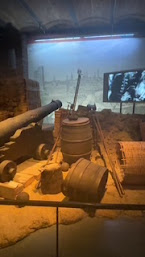Bikes, Metro: How We Get to Move

I took the Barcelona metro on my own for the first time in Barcelona when doing some exploring on my own. While that might sound small, it opened my eyes to how much urban transportation reflects access, planning, and policy questions. In both Barcelona and Girona, I’ve been paying close attention to how people move, and it’s rarely by car. Most locals rely on public transit, biking, or walking, and that says a lot about what these cities prioritize. Through this experience, I saw real-world connections to POL 399, where I researched how urban design reflects power, and POL 150, where we looked at how governments express their ideologies through law and polices. In Barcelona, taking the metro was surprisingly very easy. It has easy access with my Metro card, and is clearly prioritized in the city’s layout. Unlike many U.S. cities that treat public transit as a backup for those without cars, Barcelona makes it central. I couldn’t help but think about the “Pels trens que ens mereixem” pr...




